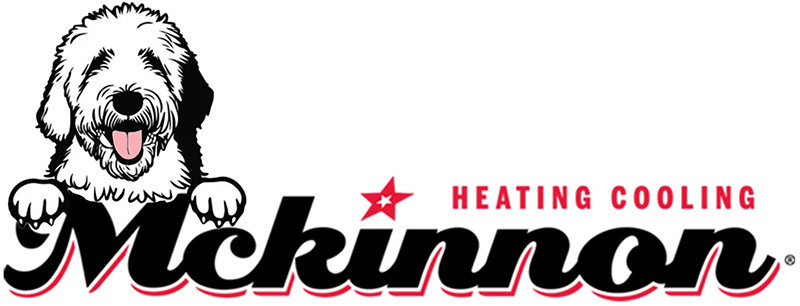Indoor Air Quality (IAQ)
Indoor Air Quality or IAQ is a term used in the HVAC (Heating, Ventilation & Air Conditioning) industry that refers to the air quality of indoor structures and the health and comfort of the occupants of that structure. For our clients specifically, the structure is their home where they spend a great deal of time both awake and asleep.
Poor IAQ can affect several health issues including asthma and allergies. Should you be the sufferer of any of these conditions, there is good news! There are many solutions to improve the air we breathe in our homes. Specifically, air filtration and humidification can be noticeably improved by the addition of specific equipment.
Air Filtration
All homes that are heated by forced air heating (furnaces) have an air filter of some sort. Some are within the furnace compartment and some are outside of it. Most are one inch (1”) in thickness and typically, these are not that effective in catching and containing the particulates in the air. A better air filtration system will have a larger chassis (4”-5” inches) and will contain a pleated air filter with it. The pleats enable the larger particulate to be captured and in turn can attract the smaller ones. The air filters are rated by a term called MERV (Minimum Efficiency Reporting Value). In the US, the Department of Energy Efficiency and Renewable Energy recommends a MERV of at least 13. The higher the MERV, the more efficient the air filter is at removing particles.
Humidification
During the winter months, our furnaces keep us warm and comfortable but without a proper humidification system, the house will be dry. Often, we and our families experience shocks when we touch something metal or dry, itching skin. These are symptoms of a dry house and are a reminder that humidity is required. There are two main types of humidification systems available to homeowners. One is an evaporative type and the other is a steam type.
Evaporative (Flow-Through) Humidifiers
Evaporative humidifiers are a cost-effective way to provide central humidification into your home. These units are mounted on the ductwork and are connected to a water supply and drain in your basement. When your furnace is operating, the humidistat is constantly measuring the relative humidity in the ductwork and when required, running water through an evaporator pad to introduce moisture into your home.
Steam Humidifiers
Steam humidifiers are typically more costly than evaporative ones yet produce dramatically higher relative humidity levels in your home. These units produce steam by boiling the water and distributing it through your ducts as required. Clients who desire humidity levels in excess of 40% often purchase these units to protect their valuable antiques and musical instruments. Also, most hardwood flooring manufacturers require a relative humidity level of 40%-55%.
Indoor Air Quality is important to the overall health of your home and family, yet often overlooked. If you are concerned about your home’s indoor air quality, engage in a discussion with your HVAC contractor. Supplementing your heating and cooling system with a quality air filtration and humidification system is critical to a healthy, comfortable home.

